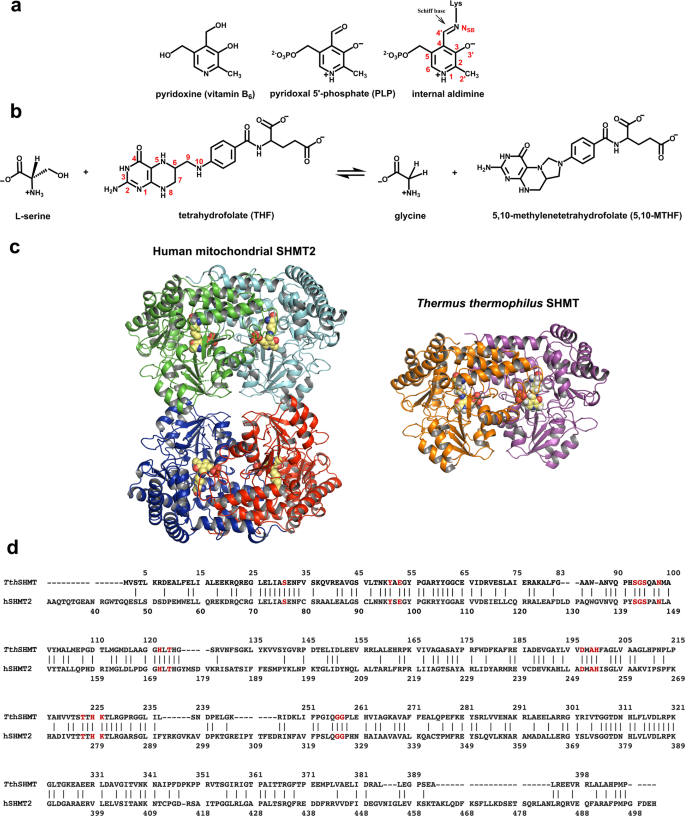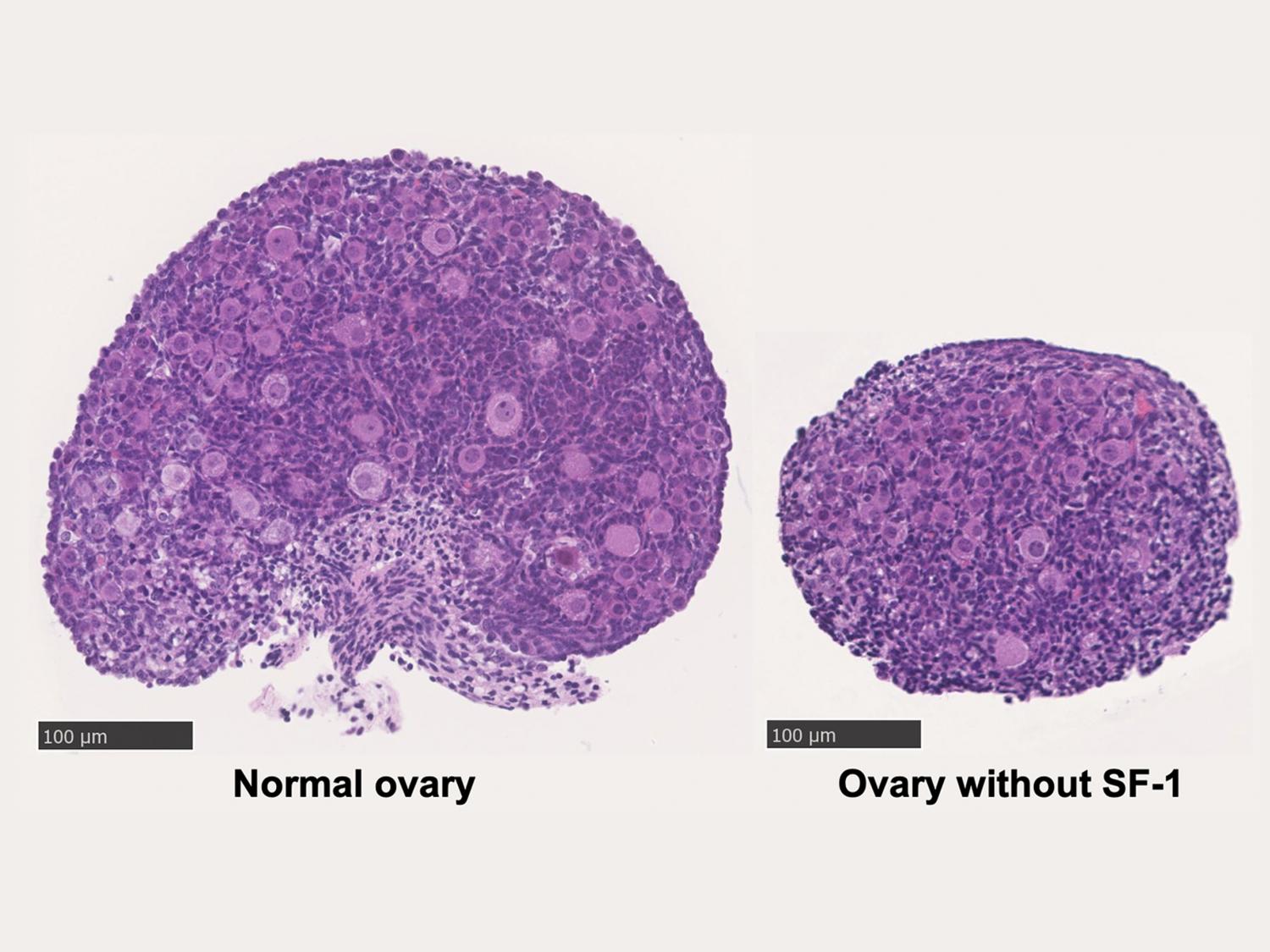2023-08-14 パデュー大学
◆この藻類は光合成を行う藻類で、太陽からエネルギーを得ているため、「Prymnesium」がブルームを引き起こす仕組みを解明することが研究の目的です。また、異なる藻類の株がさまざまな毒素を生産することが明らかにされ、新たな対策が必要とされています。
<関連情報>
- https://www.purdue.edu/newsroom/releases/2023/Q3/exposing-the-hidden-genetic-diversity-of-an-ecologically-harmful-microbe.html
- https://www.cell.com/current-biology/fulltext/S0960-9822(23)00597-3
有害な藻類ブルーム形成真核生物における極端なゲノム多様性と隠蔽的種分化 Extreme genome diversity and cryptic speciation in a harmful algal-bloom-forming eukaryote
Jennifer H. Wisecaver,Robert P. Auber,Amanda L. Pendleton,Nathan F. Watervoort,Timothy R. Fallon,Olivia L. Riedling,Schonna R. Manning,Bradley S. Moore,William W. Driscoll
Current Biology Published:May 23, 2023
DOI:https://doi.org/10.1016/j.cub.2023.05.003

Highlights
•The protist morphospecies Prymnesium parvum contains at least three cryptic species
•Haploid genome size differs dramatically between these cryptic species
•Strains can be hybrids that retain two phylogenetically distinct haplotypes
•Variable gene families include candidates for the biosynthesis of toxic metabolites
Summary
Harmful algal blooms of the toxic haptophyte Prymnesium parvum are a recurrent problem in many inland and estuarine waters around the world. Strains of P. parvum vary in the toxins they produce and in other physiological traits associated with harmful algal blooms, but the genetic basis for this variation is unknown. To investigate genome diversity in this morphospecies, we generated genome assemblies for 15 phylogenetically and geographically diverse strains of P. parvum, including Hi-C guided, near-chromosome-level assemblies for two strains. Comparative analysis revealed considerable DNA content variation between strains, ranging from 115 to 845 Mbp. Strains included haploids, diploids, and polyploids, but not all differences in DNA content were due to variation in genome copy number. Haploid genome size between strains of different chemotypes differed by as much as 243 Mbp. Syntenic and phylogenetic analyses indicate that UTEX 2797, a common laboratory strain from Texas, is a hybrid that retains two phylogenetically distinct haplotypes. Investigation of gene families variably present across the strains identified several functional categories associated with metabolic and genome size variation in P. parvum, including genes for the biosynthesis of toxic metabolites and proliferation of transposable elements. Together, our results indicate that P. parvum comprises multiple cryptic species. These genomes provide a robust phylogenetic and genomic framework for investigations into the eco-physiological consequences of the intra- and inter-specific genetic variation present in P. parvum and demonstrate the need for similar resources for other harmful algal-bloom-forming morphospecies.


